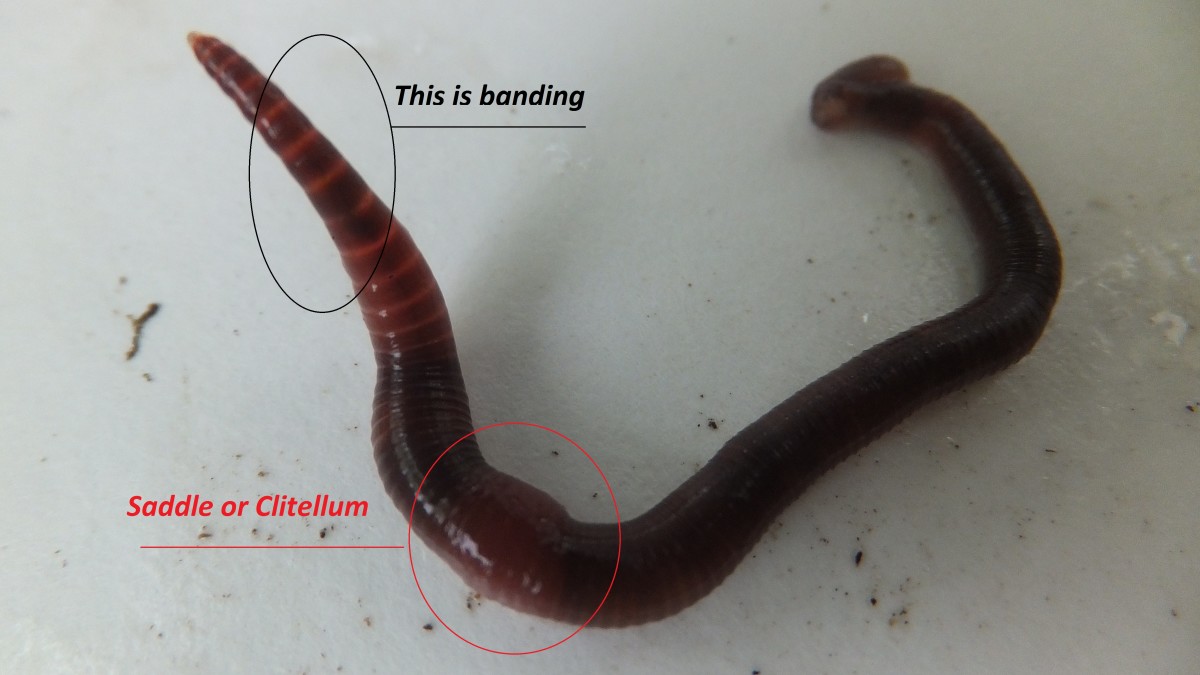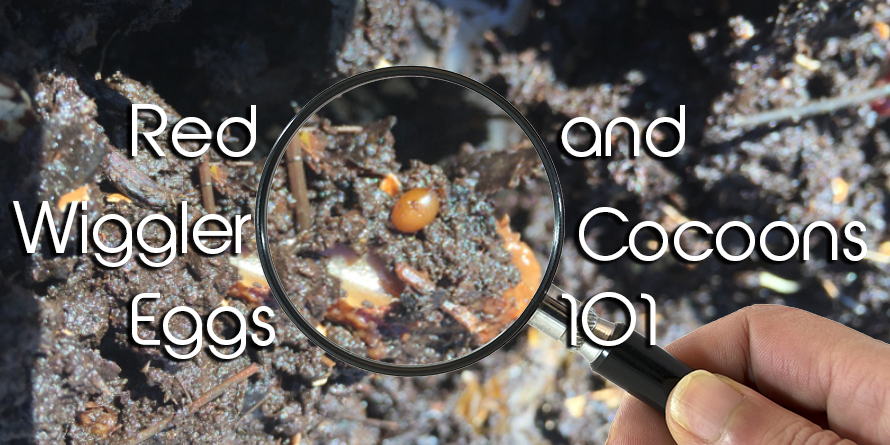Lake Hickory Bait: Your Resource for Productive Fishing on the Lake
Lake Hickory Bait: Your Resource for Productive Fishing on the Lake
Blog Article
Red Wigglers: The Unsung Heroes of Organic Waste Recycling
Red wigglers, or Eisenia fetida, serve as critical representatives in the natural waste reusing process, changing disposed of products into beneficial vermicompost. Their reliable breakdown of raw material not just enhances soil quality yet also contributes to lasting waste management practices. As the world progressively seeks remedies to deal with waste build-up and improve farming productivity, recognizing the duty of these worms becomes essential. What devices enable them to prosper in garden compost settings, and just how can they be successfully used in both property and industrial settings? Checking out these inquiries exposes the more comprehensive ramifications of vermicomposting in our eco-friendly landscape.
What Are Red Wigglers?
The remarkable resilience of red wigglers, scientifically called Eisenia fetida, underscores their essential duty in organic waste recycling. These little, reddish-brown earthworms are commonly found in decaying natural issue, such as compost heaps and manure loads. Lake Hickory Bait. Unlike various other earthworm types, red wigglers thrive in nutrient-rich settings and are highly reliable at breaking down natural products, making them important for vermicomposting

(Lake Rhodhiss Bait)In addition to their duty in waste decrease, red wigglers add to soil health and wellness by enhancing soil structure and oygenation through their delving activities (Lake Hickory Bait). Their visibility in composting systems not only enhances disintegration prices yet likewise advertises a sustainable method to throw away administration, highlighting their significance in eco-friendly conservation efforts
Advantages of Composting With Worms
Composting with worms, specifically red wigglers, uses numerous advantages that improve both waste management and dirt health and wellness. First, these worms efficiently break down organic waste, transforming it into nutrient-rich vermicompost that enriches soil. This process speeds up decomposition, enabling a quicker recycling of kitchen area scraps and other organic materials contrasted to standard composting techniques.
Furthermore, the vermicompost created by red wigglers is bristling with helpful bacteria, which aid boost soil framework, oygenation, and wetness retention. This boosts the total wellness of plants, advertising vigorous development and boosted yields in yards and agricultural setups. Furthermore, using worms in composting reduces the production of greenhouse gases, such as methane, contributing to a much more sustainable waste management system.

Exactly How to Beginning Vermicomposting
Developing a vermicomposting system is a simple process that can produce substantial benefits for both waste management and dirt enrichment. To begin, select an appropriate container, such as a plastic bin or wooden box, with adequate air flow openings to ensure correct air flow. The dimensions need to preferably be around 2 feet by 3 feet, permitting enough room for the worms to thrive.
Following, prepare bed linen product, which can contain shredded newspaper, cardboard, or coconut coir. This bed linen ought to be moistened to develop an ideal environment for the worms. As soon as the bedding is in location, introduce red wigglers (Eisenia fetida) right into the container, generally around one extra pound of worms for each square foot of surface location.
Complying with best site the placement of worms, add natural waste, such as fruit and vegetable scraps, coffee grounds, and crushed eggshells. Avoid adding milk, meat, or oils, as these can produce odors and attract insects. Place the bin in a shaded, temperature-controlled area to preserve optimal conditions for worm activity. With these steps, you will successfully initiate a vermicomposting system that adds to lasting waste administration and enhances your dirt.
Preserving a Healthy And Balanced Worm Container
(Red Wiggler Express)Keeping a worm container flourishing requires routine focus and treatment to ensure the wellness of the red wigglers and the effectiveness of the composting procedure. Correct upkeep begins with keeping an eye on the moisture degrees; the container must be wet yet not saturated. A great general rule is to preserve an uniformity comparable to a wrung-out sponge.
Delicately mixing the bed linen and food scraps every couple of weeks stops compaction and makes sure that all worms have access to oxygen. Furthermore, it is important to feed the worms properly.
Temperature level policy is another crucial aspect. Red wigglers thrive in a variety of 55 to 77 degrees Fahrenheit. If the container comes to be as well warm or cool, the worms may come to be stressed out - Lake Hickory Bait. Finally, periodically examine for indications of health and wellness, such as worm populace development and the visibility of healthy and balanced spreadings. By faithfully managing these variables, one can preserve a robust and efficient worm container.
Influence On Sustainable Living
The effective upkeep of a worm container not just benefits the health and wellness of red wigglers but additionally contributes considerably to sustainable living methods. By recycling natural waste, such as kitchen scraps and backyard debris, red wigglers help draw away substantial amounts of product from land fills. This reduction in waste not only reduces greenhouse gas exhausts yet also decreases the ecological worry connected with waste management.
Moreover, the castings created by red wigglers function as a nutrient-rich organic fertilizer, improving dirt wellness and promoting plant development. This all-natural option to chemical plant foods sustains lasting farming and horticulture techniques, decreasing reliance on synthetic inputs that can hurt ecosystems. Furthermore, worm composting fosters recognition of waste monitoring, urging individuals and neighborhoods to adopt even more lasting habits.

Conclusion
In summary, red wigglers act as important contributors to natural waste recycling through their efficient decomposition of organic products. Their capacity to produce nutrient-rich vermicompost enhances dirt health and wellness and supports lasting farming methods. By incorporating vermicomposting right into waste monitoring methods, individuals and areas can considerably minimize waste while advertising environmental sustainability. The role of Eisenia fetida in fostering healthy and balanced ecological communities highlights the value of these microorganisms in achieving sustainable living and enhancing soil fertility.
Report this page